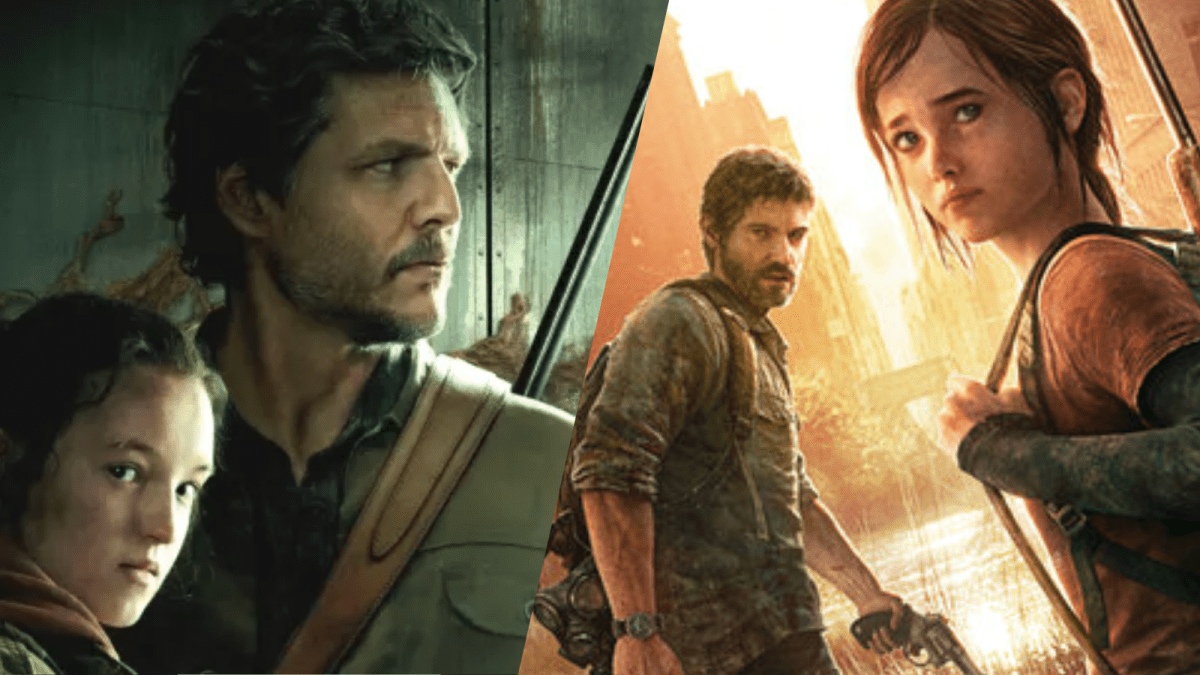HBO’s The Last of Us adaptation is being lauded for how faithful it has been to the Naughty Dog video game it is based on. It goes without saying that there were always going to be minor changes and additions to flesh out the show and its universe for a broader audience that may not have necessarily played the game. The changes we’ve seen so far have worked for the betterment of the story, with well-placed exposition and mild story changes to ground the story further into reality, as well as to better understand some of the motivations of our fan-favorite characters.
While we could fill a book with every minuscule change in dialogue or storytelling, we’re going to unpack what we’ve observed in broad strokes that weren’t featured in the original story or have at least had some form of rework. We’ll work through the changes over the course of the story’s chronology, and we’ll be updating this article week by week as new episodes of The Last of Us come to HBO every Sunday. Without further ado, here’s everything that the show changed from the game.
The cold openings
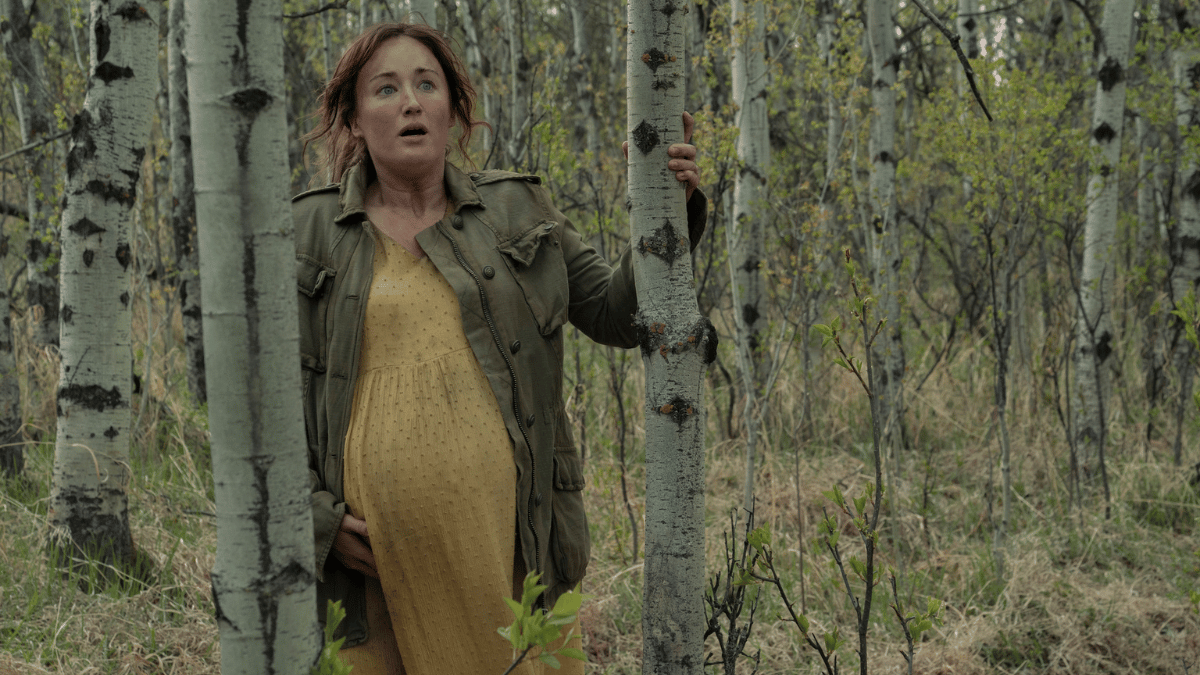
HBO opted to establish The Last of Us universe by instilling a unique sense of fear in its audience through a 1960s talk show conversation about pandemics between medical professionals. One of the academics dismissed viruses as ever being extinction-level events. However, under the right circumstances, humanity could fall to a fungal infection, setting the foundations for one of the most plausible zombie viruses that could leap off the pages of works of fiction.
The show continued this trend in ‘Infected,” not only taking viewers back to the days before the world ended but across the world to Jakarta, Indonesia. There we follow Mycology Professor Ibu Ratna as she aids the military in ascertaining how best to approach early cases of the cordyceps infection. Unsurprisingly, her professional opinion was bleak at best.
There was also the inclusion of a brand-new character and short story in the season one finale, “Look for the Light.” The inclusion of Ashley Johnson’s Anna not only introduced us to Ellie’s mom, but also contextualized how Ellie came to be immune to cordyceps infection. Despite Anna being a new addition to the universe via the HBO show, fans of The Last of Us were supposed to have been introduced to the character shortly following the release of the original video game.
The day of the outbreak
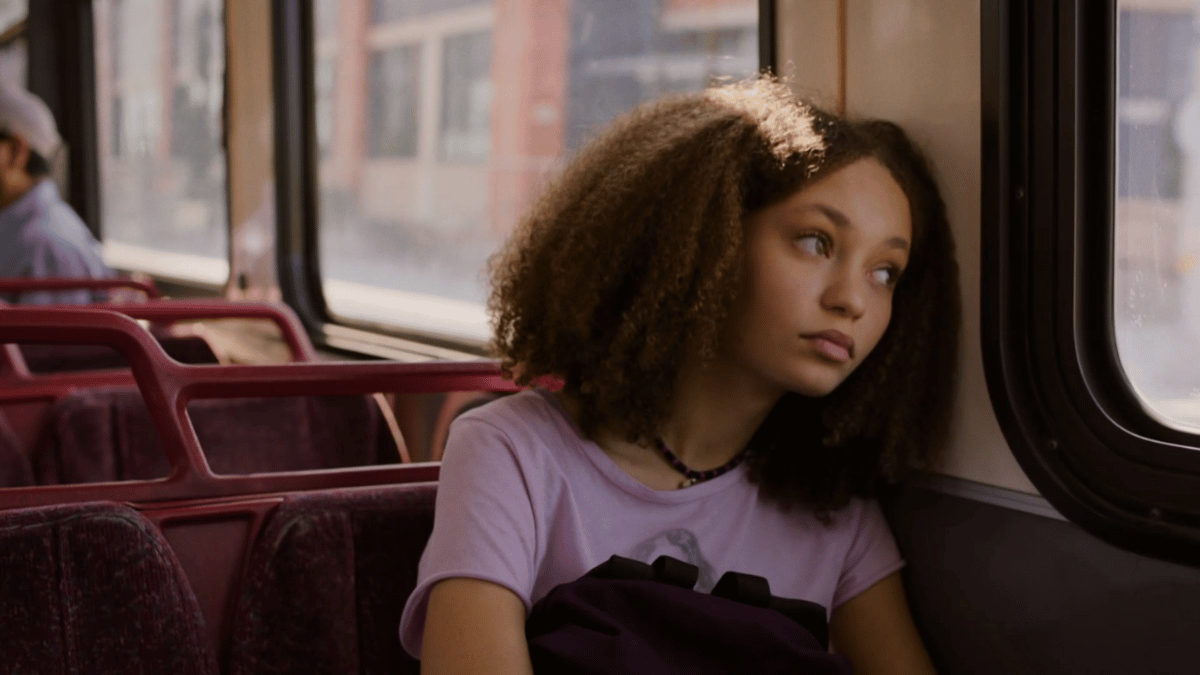
While the game only showed Sarah gifting Joel his watch on the couch in the evening, the HBO adaptation opted to flesh out Joel’s daughter a bit more to make the emotional gut punch of losing her all the more heartbreaking. It shows Sarah’s school day and interactions with her neighbors, peppered with tense hints about something being off with a lot of the people around her.
Rather than being ambushed inside the Miller home, Sarah actually entered the house next door to discover her infected neighbor. The rest of the prologue plays out more or less exactly like the game, minus Tommy being jailed for having an altercation with someone who was presumably infected.
The Boston Quarantine Zone
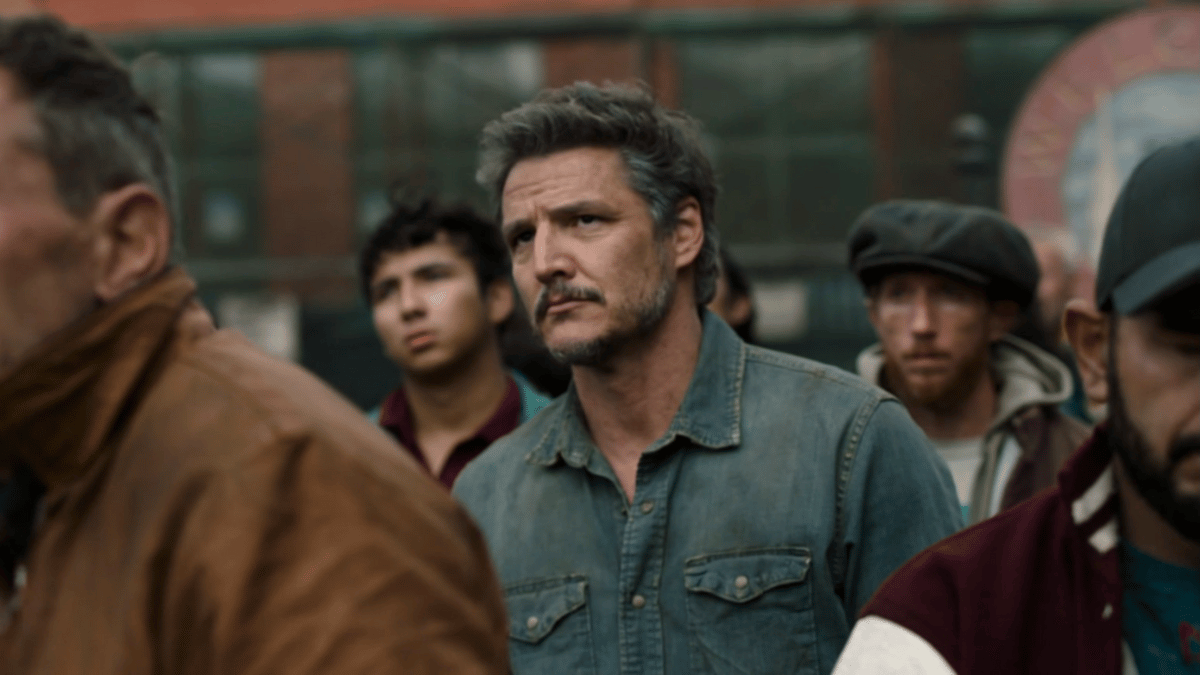
This section of the story becomes a little more fleshed out in the HBO adaptation but remains largely unchanged. From the get-go, an additional scene was added, involving an infected child entering the quarantine zone, to underline FEDRA’s brutality. In the game, Robert owed Tess and Joel guns — whereas, in the show, their dispute is over a car battery so that Joel can travel across the country to go check on Tommy.
We actually see Tess get jumped by Robert’s goons in the show as well as Ellie being interrogated by the Fireflies before she meets Joel. Of course, there was also the addition of Joel and Tommy’s coded radio communication system using songs from various decades to give each other status reports.
We also see more of Joel’s life as a smuggler, seeing his interactions with a FEDRA guard to whom he was providing pills in exchange for ration credits. Finally, Joel, Ellie, and Tess come upon the same FEDRA guard just outside the Quarantine Zone. While it’s an innocuous display of gun violence in the video game, the moment has more weight added to it through the use of a flashback to Sarah dying in Joel’s arms, culminating in Joel beating the guard to death.
The outskirts of Boston
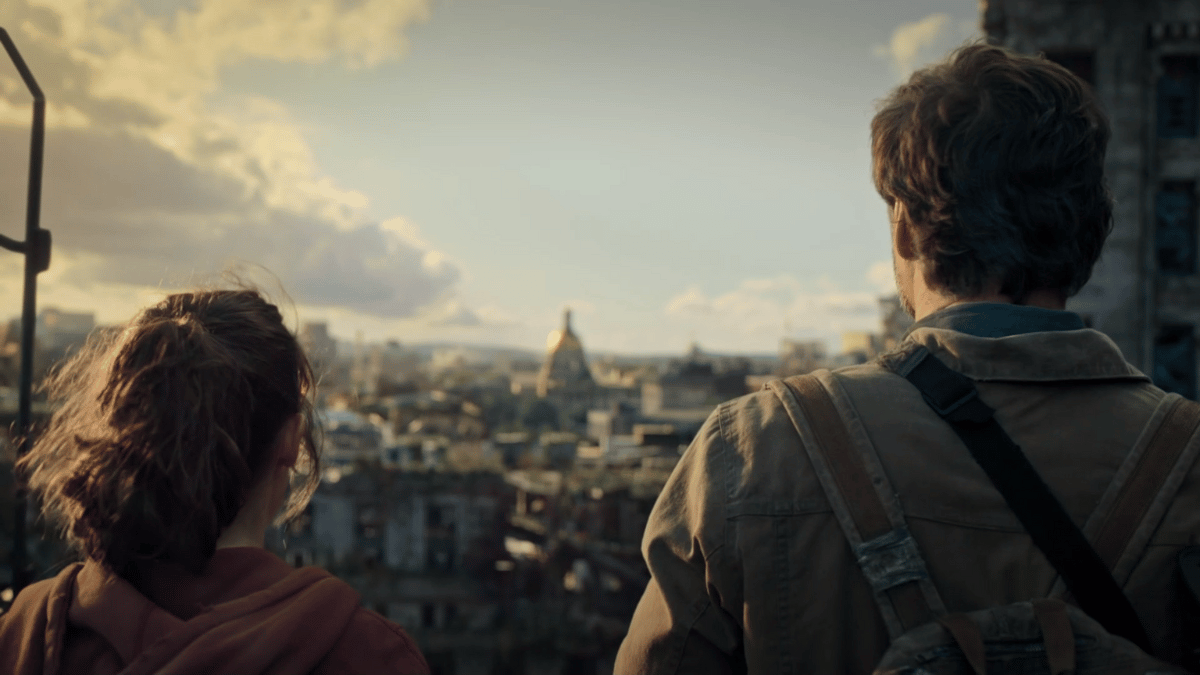
The second episode of The Last of Us, ‘Infected,’ opened with a lengthy discussion involving Tess and Joel having reservations about Ellie’s immunity, which helped flesh out Joel’s motivation to transport Ellie to the State House, and eventually across the country. We get a better sense of Joel’s reluctance to accept the gargantuan task that has been thrust upon him.
In the outskirts, we also get some exposition about how the cordyceps infection on the show deviates from the game. We learn that cordyceps works as a ‘network,’ and that damaging the fungus (whether it be a stray branch or an infected host) within a certain radius yields the possibility of alerting all cordyceps-afflicted individuals to the location of the damage.
During the museum sequence where the audience (and Ellie) is introduced to the menacing threat of Clickers, Ellie finds herself bitten once again — further driving home to Joel that his traveling companion’s immunity is real.
Finally, while the narrative beat of Tess’s death remained mostly intact from the game, the circumstances vary slightly. Instead of being ambushed by FEDRA in the State House, the group alerts a swarm of cordyceps hosts to their location when Joel swiftly dispatches a reanimating body. Instead of Tess buying time for Joel and Ellie’s escape by fighting off FEDRA soldiers, she sets herself and the swarm of infected ablaze before she herself can succumb to cordyceps.
Lincoln, Massachusetts, and Bill and Frank’s storyline
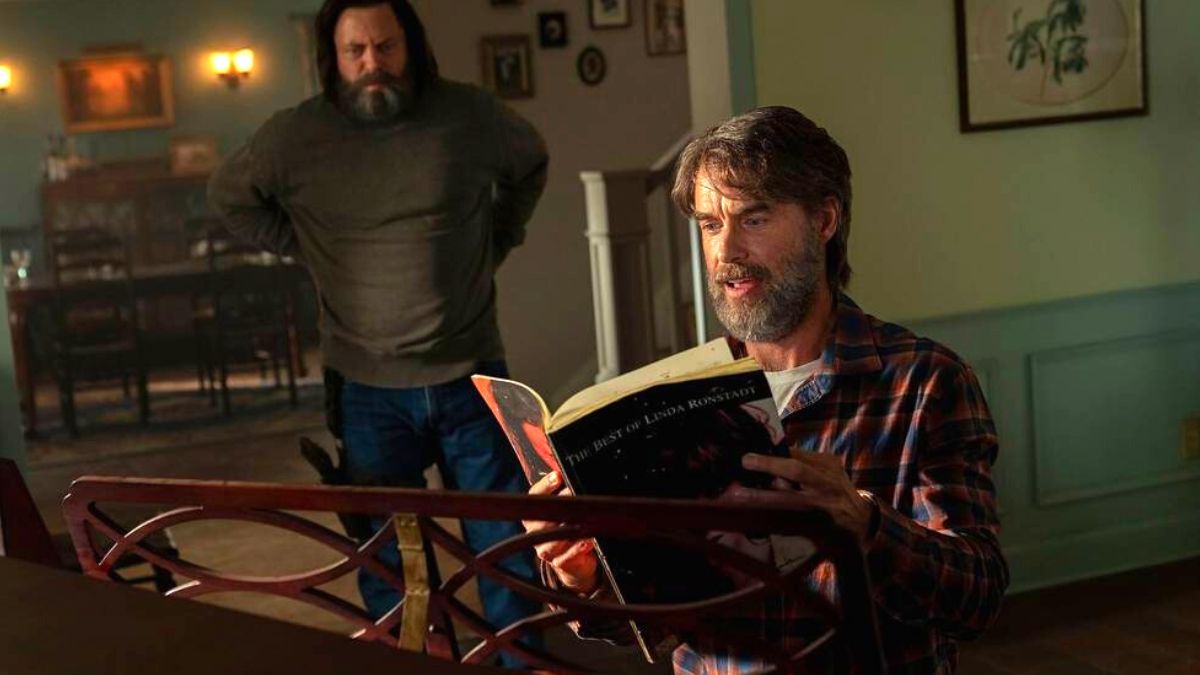
The third episode of The Last of Us, titled “Long Long Time”, saw the biggest deviation from the source material so far, opting to steer the narrative lens away from Joel and Ellie and instead spend the better part of an hour with Bill and Frank, the latter of whom wasn’t even seen onscreen (alive, at least) in the game.
Not only this, but Bill and Frank’s backstory was also fundamentally changed. In the source material, Bill and Frank eventually have an argument and part ways, but both remained in Lincoln, albeit on opposite ends of the town. Joel, Ellie, and Bill eventually find Frank’s hanging body while in his part of the town, having taken his own life after getting bitten by one of the infected. Joel finds his suicide note, in which he expresses his hatred towards Bill, who sends Joel and Ellie on their way and lives to see another day. A far cry from the nearly perfect, but deeply tragic love story we saw on television.
Back on the Joel and Ellie front, we still had a few deviations. TV Ellie was initially unapologetic about Tess’s death, whereas the game Ellie was. However, both the show and the game culminated in the same verbatim conversation between Joel and Ellie about never bringing Tess up again.
The basement scene involving Ellie toying with, and stabbing a trapped infected was a new addition, as was the Mortal Kombat arcade machine. Finally, Ellie finding a gun and keeping it a secret from Joel was also a new narrative thread introduced by the HBO show.
Kansas

Right off the top, the locale for the Henry and Sam arc of The Last of Us was changed entirely. In the game, Joel and Ellie are ambushed when passing through Pittsburgh. However, in the television series, this entire part of the story takes place in Kansas City, from the initial ambush, all the way through to the sniper showdown in the suburban outskirts.
While there were a lot of moments that were pulled from the game verbatim, there were also plenty of additional subplots and character motivations added. For one thing, by this point in the game’s story, Joel’s human kill count was through the roof — yet during the initial ambush on their car, his kill count was only two, somewhat saving the show from becoming a John Wick-esque action series.
Then there’s the addition of Kathleen and Perry — who gave a face to the miscellaneous band of goons that took over the city. There’s an entire backstory told in the show about how the Kansas City resistance overthrew FEDRA and the human cost of doing so. Henry and Sam also play a pivotal role in the tale, both of whom also underwent some changes for the sake of the TV series.
The most notable is that while Sam in the video game is a perfectly healthy teenager around Ellie’s age, the show’s version played by Keivonn Woodard is noticeably younger, is hard of hearing, and suffered from leukemia at some point in his life. Besides Henry and Sam’s history with Kathleen as well as Sam’s ailments, the two characters, and their arcs remained largely unchanged from the video game.
While the Kansas City arc ended on a big showdown involving a bloater, the show appears to have skipped out on a different bloater-related moment in the story during which Joel and Ellie get separated, and the former needs to fight his way out of a hotel basement in what is arguably the most horrific and tense sequence in the original game.
Wyoming
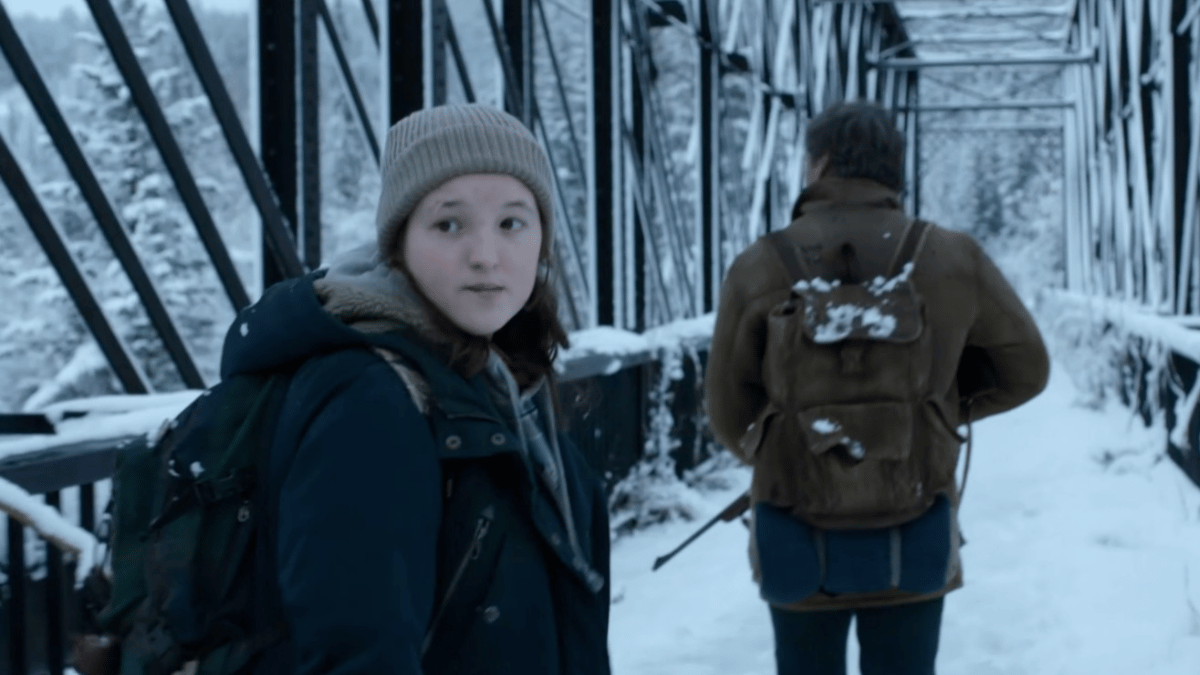
Similarly to the game, three months pass following the tragic deaths of Henry and Sam, with the story picking up in the harsh winter after Joel and Ellie finally arrive in Wyoming in search of Tommy. A new addition to the show was the two protagonists getting lost, and stopping to ask a hermit couple Marlon and Florence (played by Red Dead Redemption alum Graham Greene and Elaine Miles, respectively) for directions. Their seemingly hopeless predicament allows for the introduction of another show-specific plot device, Joel’s panic attacks.
Joel and Ellie eventually arrive in Jackson, albeit in a different fashion to the game. Rather than separating the pair while Joel helps out with an attack on the dam which provides the settlement with power, it opted to let them both explore the town and get to know some of its residents, and as a result, the show offers up a healthy helping of The Last of Us Part II teasers along the way.
Eastern Colorado
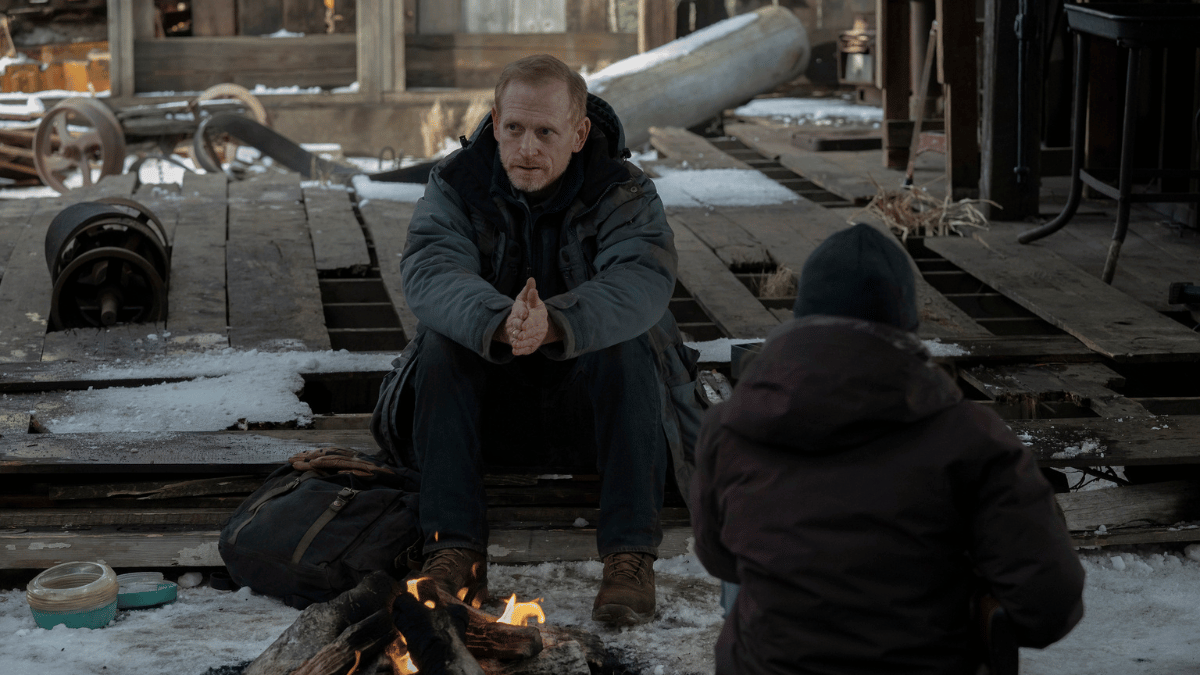
Joel and Ellie’s arrival and ambush at the University of Eastern Colorado remained largely unchanged from the game, bar the circumstances under which Joel ends up with a stab wound. In the video game, our leading man is thrown through a window as the scuffle breaks out inside the university building (with a lot more manpower on the enemy side), and is injured in the process.
When Ellie is fending for herself and looking after Joel, the iconic cold opening scene in which an unsuspecting rabbit meets its grisly end is upended. For one thing, Ellie does not wield a bow and arrow as she does in Naughty Dog’s game, and for another, ol’ Bugs gets to live another day.
As for her encounter with David and his group – most, if not all of the narrative beats are almost identical, save for David and Ellie fighting off a horde of infected while they wait for James to return with the penicillin for Joel, as the showrunners didn’t want the threat of infected to loom over what was already an extremely intense episode.
David is put under the microscope to a greater degree than in the game – we learn he was a math teacher before the world ended, and became a preacher after cordyceps took over the world. This was alluded to in the game with that “When We Are In Need” banner hanging in the steakhouse, but not stated outright.
On the subject of cordyceps, David delivers an extended monologue while speaking with a caged Ellie about the nature of cordyceps, how it “loves”, and how the infection more broadly serves as a metaphor for the events which take place in The Last of Us. Finally, rather than Joel pulling Ellie off David as she hacks away at his face, the show has the pair reunite outside the burning building, for a pretty common-sense, but also a grisly reason.
Left Behind
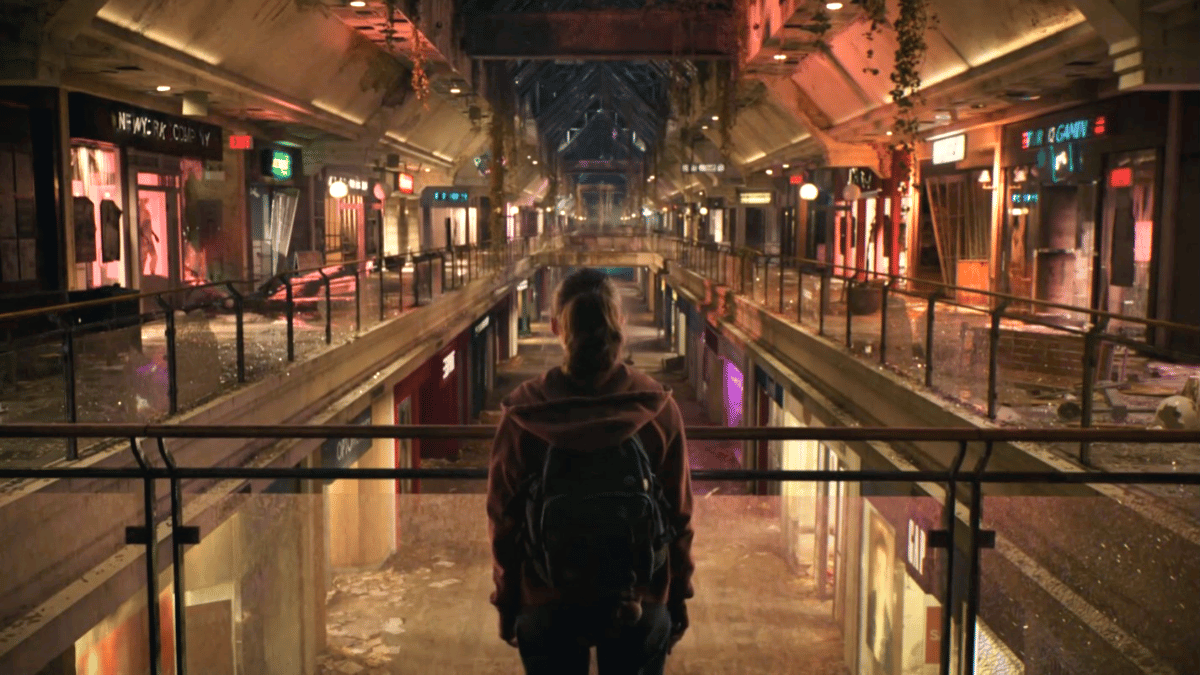
The interlude episode which details Ellie’s recent history takes place at the same narrative point as in the game, while she frantically tries to work out a way to save Joel’s life, although her parallel trip to a shopping mall in present-day in order to find a first aid kit is axed.
Parts of the “Left Behind” arc of the show are a little more fleshed out. Firstly, Joel implores Ellie to book it back to Tommy and leave him for dead, a scene we didn’t get to see in the game. Secondly, we got a glimpse at a day in the life of Ellie at FEDRA’s military school, where she has an altercation with a fellow student Bethany, and a stern conversation with Captain Kwong as a result.
There’s also a subtle hint at the nature of the scar on Ellie’s eyebrow in a throwaway line about “the 7-Eleven situation,” as well as some allusions to the Fireflies recruitment process being a little more haphazard in the show, seeing as in the game Riley tells Ellie it took a great deal of convincing Marlene to allow her to join their ranks.
Rather than exploring the shopping mall on a whim, Riley plans out their night by way of showing Ellie the ‘five wonders of the mall,’ which included Ellie getting a lot more psyched about the functional escalator than she did in the game. It’s also revealed that Riley knew of the mall because the Fireflies had posted her there to guard a stash of weapons.
Ellie and Riley dancing to “I Got You Babe” on countertops were melded with the Halloween store scene in the television adaptation, presumably for the sake of keeping the episode runtime at a reasonable length. In the game, the pair had a water pistol fight between the two events. Last, but not least, Ellie and Riley are ambushed by a singular infected in the television show rather than a horde, but the end result was just as devastating.
Salt Lake City
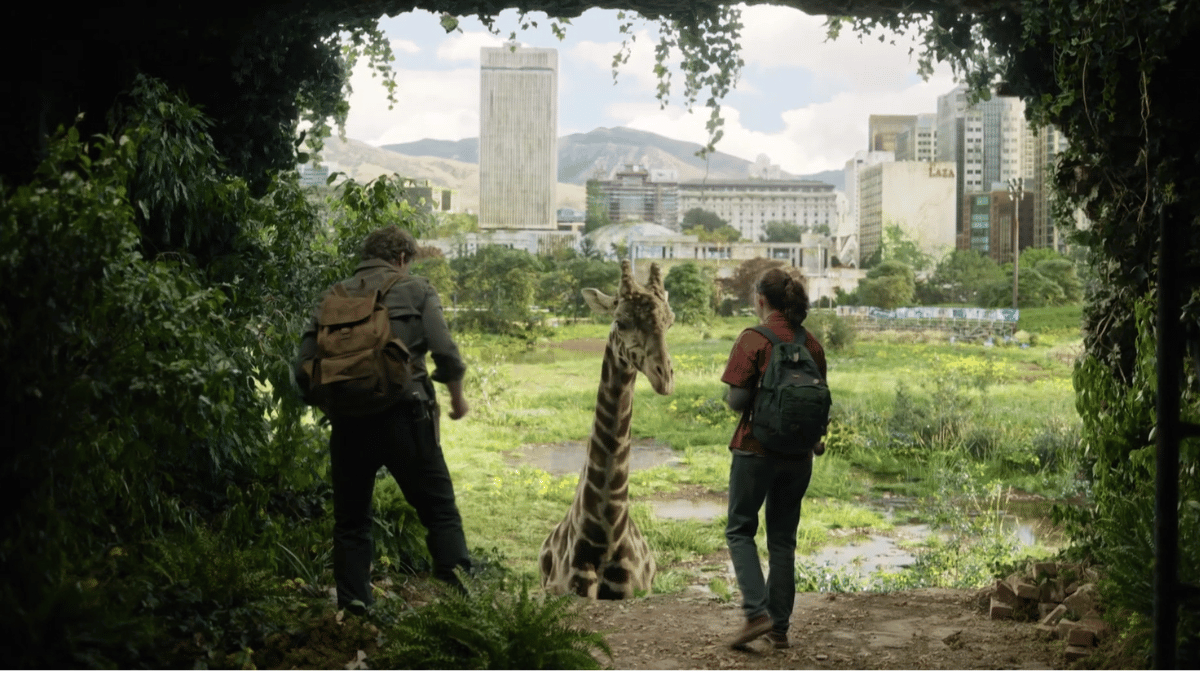
Barring the inclusion of Anna in the opening moments of the season one finale, the events which unfold in the final destination of The Last of Us were more or less identical with a few key changes. Firstly, a key bonding moment between Ellie and Joel during which the former hands the latter a photograph of Sarah (which she stole from Maria back in Jackson) is omitted. This is replaced by Joel confessing that, in the days following his daughter’s death, he attempted to take his own life but flinched at the last moment, which explains the scar on his face. This moment, as pointed out by showrunners Craig Mazin and Neil Druckmann, was the pair’s unspoken way of professing their love for one another.
The way in which Joel and Ellie arrive at the Firefly hospital is also tweaked. In the game, the pair traverse a derelict train tunnel, however the trek goes sideways, and Ellie nearly drowns. They are then discovered by a pair of Firefly soldiers, who, just like in the show, knock Joel unconscious, not knowing who he is.
From this point onwards, events unfold in more or less the exact same manner in both mediums. Marlene informs Joel of the means by which they will be using Ellie’s brain to manufacture a cure; in the game, she refers to it as a “vaccine,” at which point he rampages through the hospital to save her. Joel kills Marlene and feeds Ellie a lie about what transpired. Both close on the mountain overlooking Jackson and Ellie begrudgingly accepting Joel’s vow that he was telling the truth.

